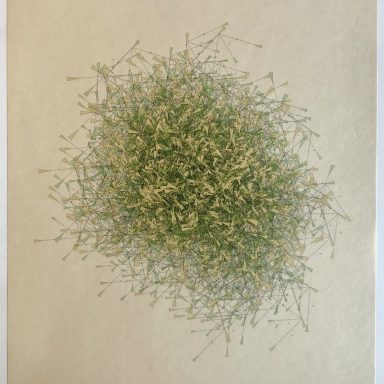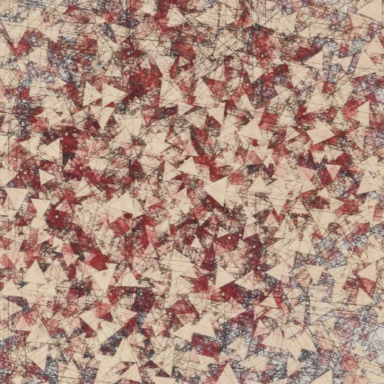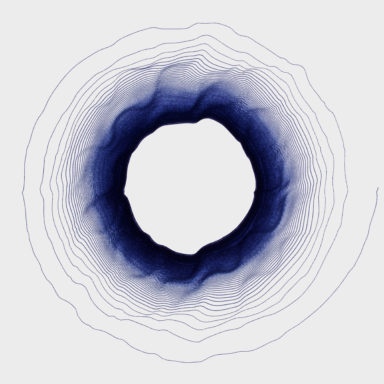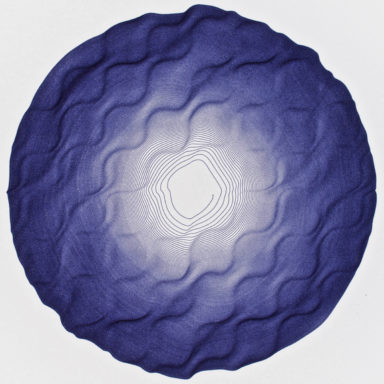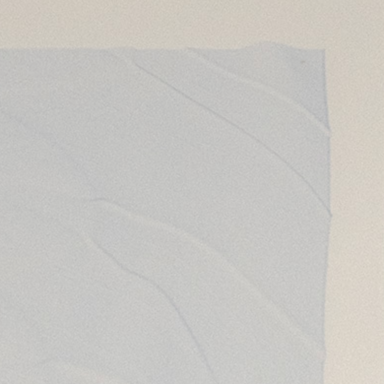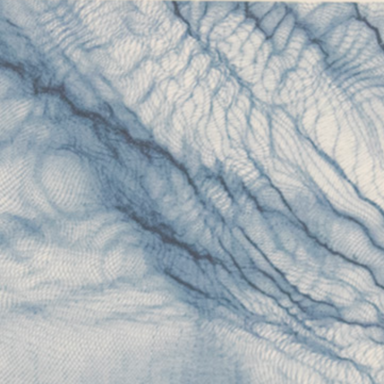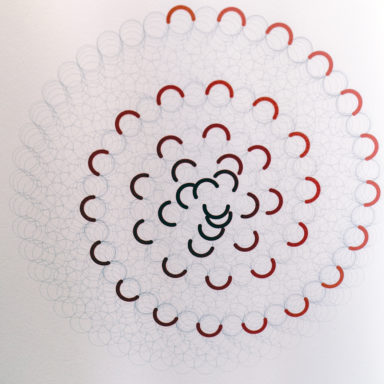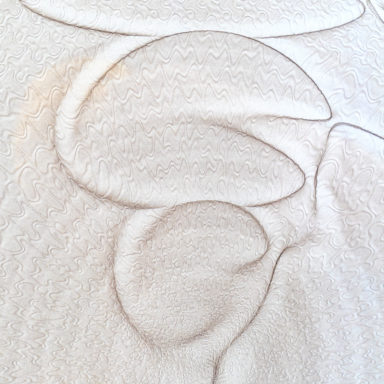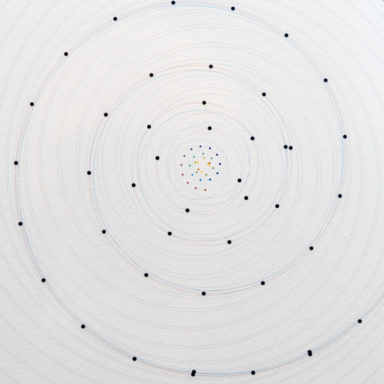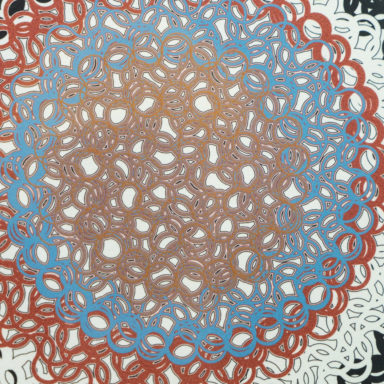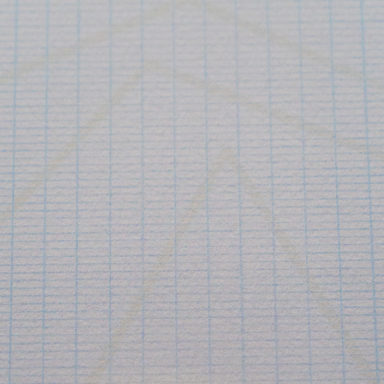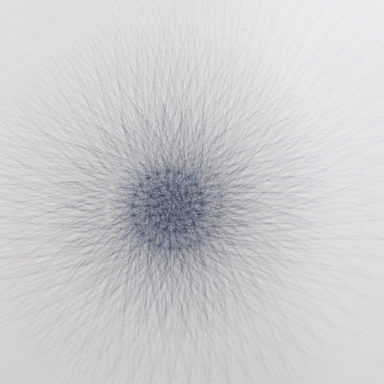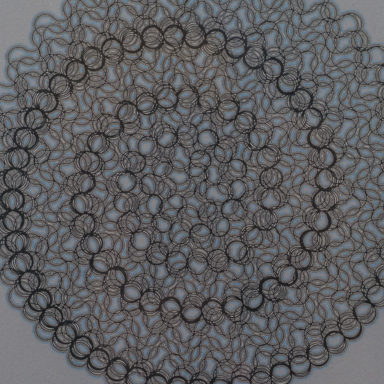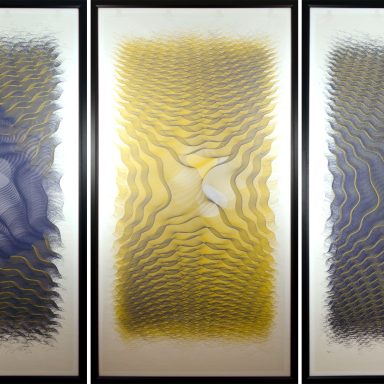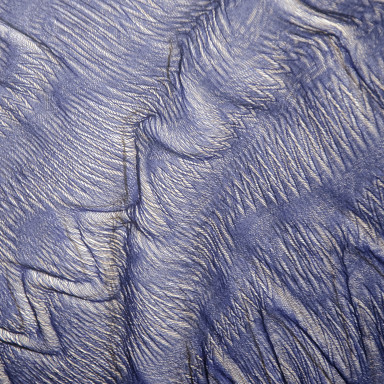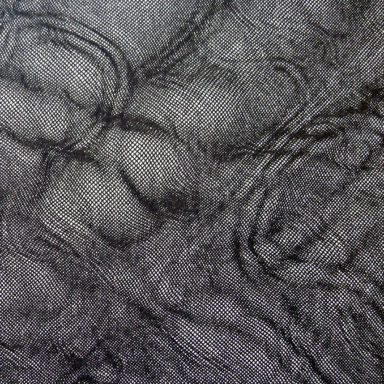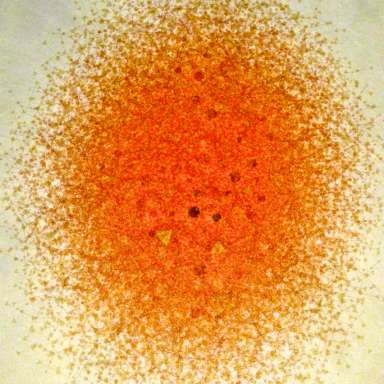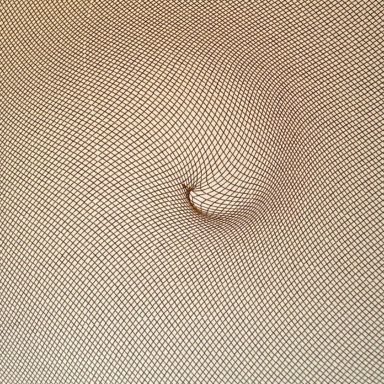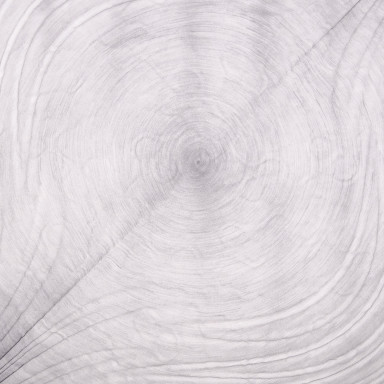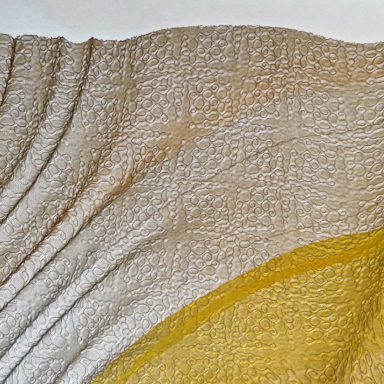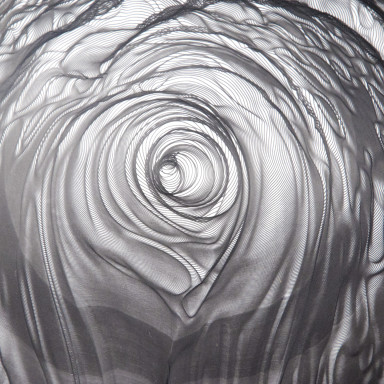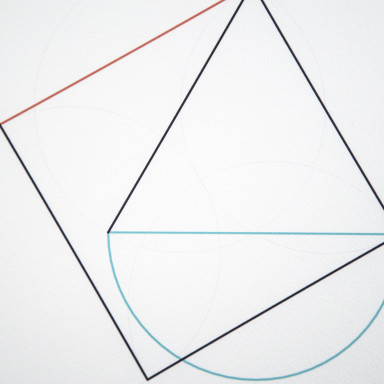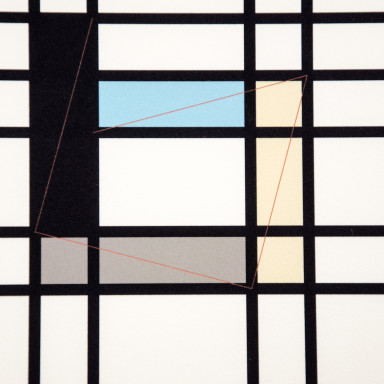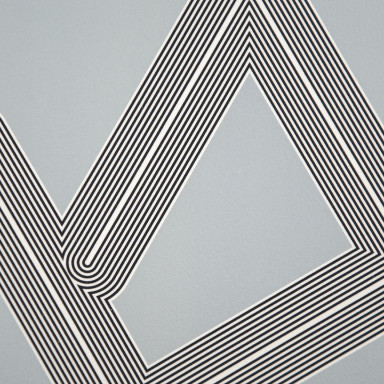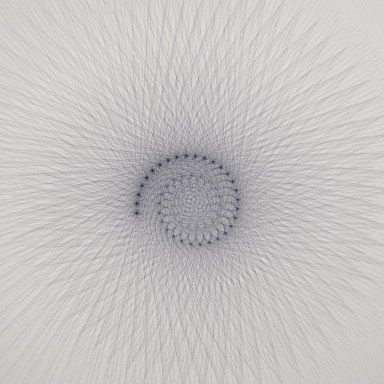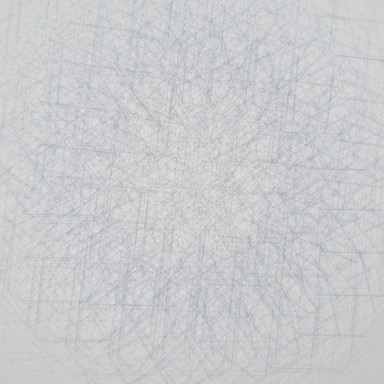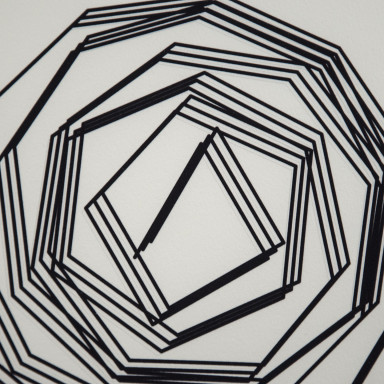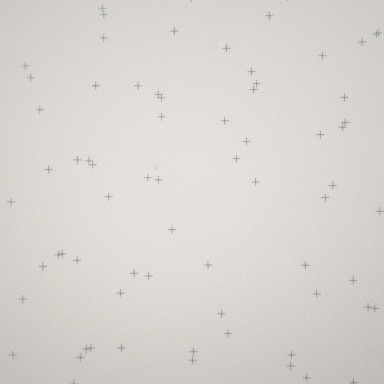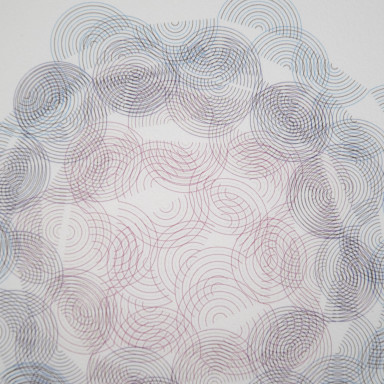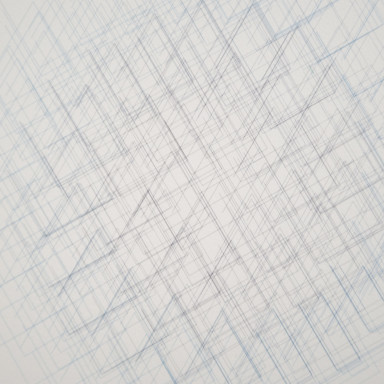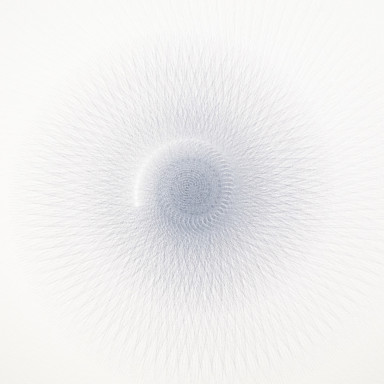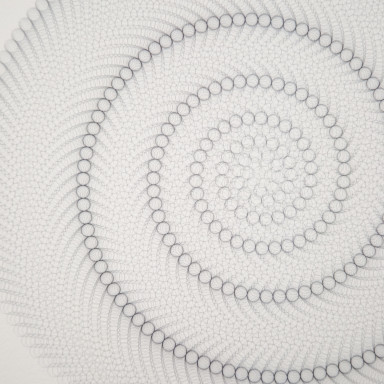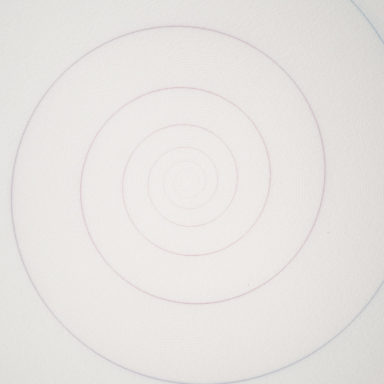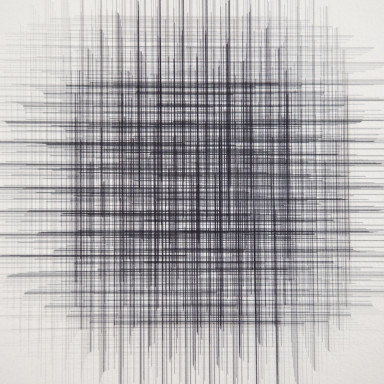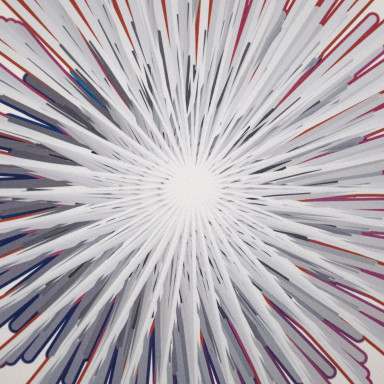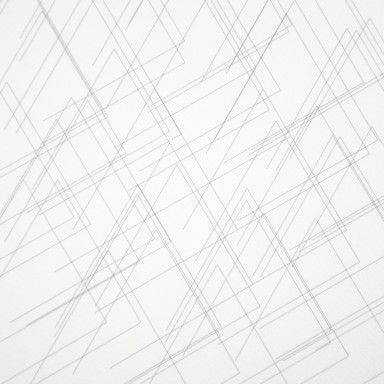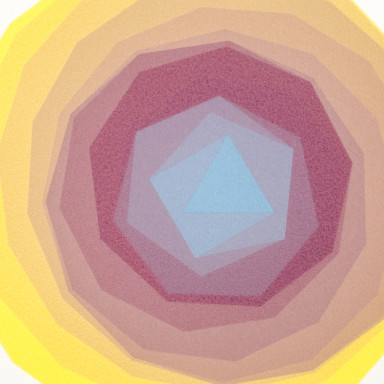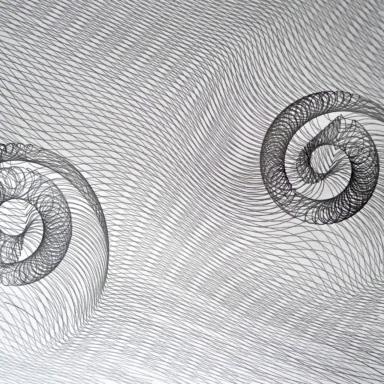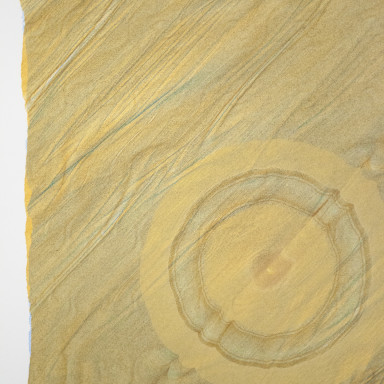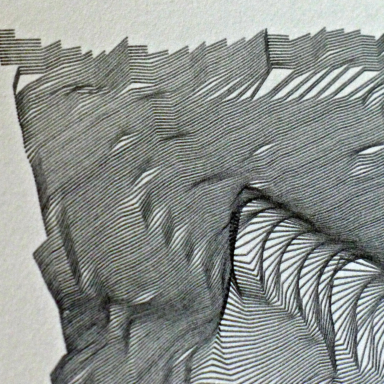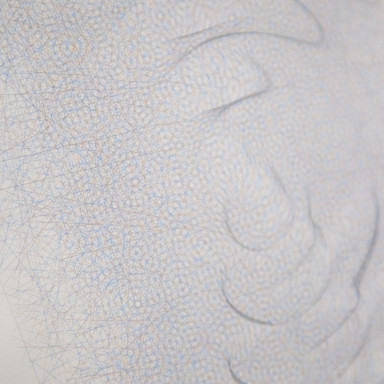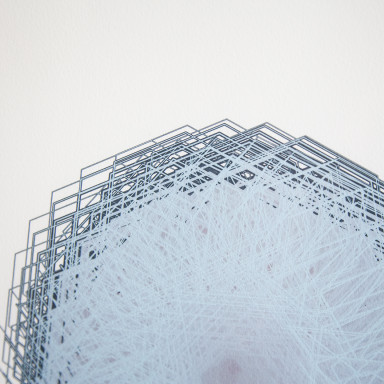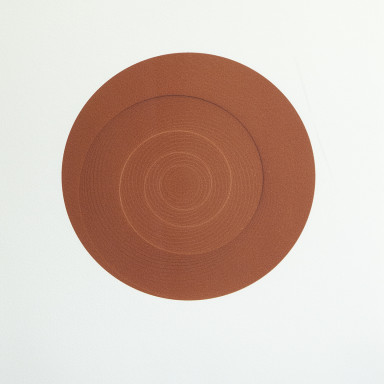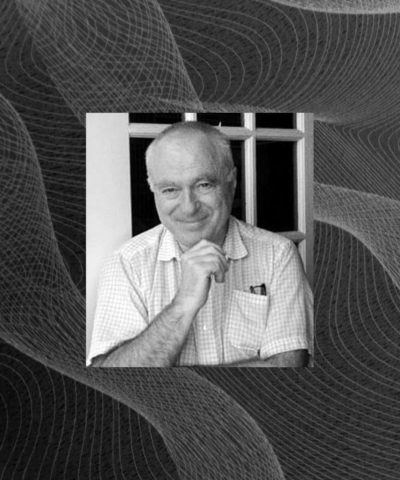
Basic Info
Name: Jean Pierre Hébert
Country of Origin: FR
Website: http://www.jeanpierrehebert.com/
Description
Jean-Pierre Hébert (1939 – March 28, 2021) was a conceptual artist who avidly explored and participated in the emergence of postmodernism. His interests lied mainly in the analysis and understanding of the latent rules, styles, trends, mania, recipes behind modern or contemporary art, and in their interpretation, extension, adoption, integration, adaptation. Genes and algorithms identified, re-energized. Essence and gist remixed into new creations. This critical process leads to the reformulation of abstract concepts, and to the production of original works on paper, artist books, new media, and installations.
Hébert had chosen nearly four decades ago the precise language of software comforted by geometry and mathematics principles. He used this unorthodox language to dissect, reflect on, test, and express effectively the logic and ways of the artistic process at hand. He is considered in fact one of the world’s first fine artists to co-opt computer code as an essential mode of expression and creating tool.
Beyond supporting theoretical thinking and critical research, this software authoring process offers a clean path to creation, and to production. Programming a computer is very much akin to writing instructions for the perennial draughtsman (Sol Lewitt) –but it is also more exacting and powerful. This is how Hébert composed his pieces and also how he drove mechanical or electronic devices that assisted him in making intensely beautiful, meditative works on paper, sand, water, other materials, and in animating installations.
Hébert was born in Calais, France, in 1939. As a youth he frequented the Galerie Alphonse Chave in Vence, a village in Provence where he spent all summers with his grandparents. At the gallery and in the neighborhood, he viewed fresh work by artists such as Matisse, Man Ray, Max Ernst, Chagall, Picasso, Cocteau, and Léger, all living in the vicinity. Alphonse Chave encouraged Hébert to explore the gallery’s attics and storage rooms filled with art brut and folk art. In 1959, still a student, Hébert landed a summer job with IBM and programmed in fortran on the first commercial computer in Europe. In the early 1970s, working in Paris with the very first Hewlett-Packard lab computers and plotters –ancestors of what would become ten years later the PC and Apple II personal computers, Hébert began adopting the computer as his “bicycle for the mind”, and his own tool to think, discover, structure and create art beyond what he had done so far.
His attraction to patterns and textures in nature, such as wind on sand or waves on water, along with his affinity for mathematics and science, inspired him to independently develop his own software to draw ever more complex graphical forms on the early plotters, pioneering what is now computational drawing. He later widened this interest to patterns found in music, astrophysics, art history, literature, poetry, weather –in fact, in his whole life environment.
In 1985, Hébert moved to Santa Barbara, California. His first solo exhibition, “Sans lever la plume,” was held in 1989 at Galerie Alphonse Chave and later at the La Gaude IBM Research Center, presenting a variety of ink-on-paper drawings.
That same year, Hébert discovered the existence of a community of other artists and pioneers using similar tools, and decided to show his work more widely, in group shows, conferences, galleries. In 1995, Hébert coined the word Algorist and founded the Algorists group with Roman Verostko. From 1997 on, opening up to new media, new materials, printmaking, book arts, editions, installations, collaborations, art school invitations for talks and students’ work critique.
In 2003, Hébert was appointed artist in residence at the Kavli Institute for Theoretical Physics at the University of California, Santa Barbara. He was also invited as guest artist by the AlloSphere Project, and as Art Department associate, also at University of California, Santa Barbara.
His work has been presented in solo and group shows nationally and internationally including at the Victoria and Albert Museum (London, UK), the Brooklyn Museum (New York), the Kiasma Museum (Helsinki, Finland), the Block Museum (Chicago), and the Tweed Museum (Duluth, Minnesota), and has entered the collections of several museum and public institutions in the US and the EU.
Hébert was awarded grants from Fondation de France/Fondation La Ferthé (2000), New York Artists’ Fellowship (2005), Pollock-Krasner Foundation (2006), and David Bermant Foundation (2008). In 2012, he received the ACM Siggraph Distinguished Artist Award for Lifetime Achievement in Digital Art.
—
An excerpt from writings by Roman Verostko: http://www.verostko.com/algorist.html
It was Jean Pierre who proposed using the term “algorist”. Noting that algorists “ought to be defined with an algorithm”, he also wrote an algorithm identifying an algorist as one who uses one’s own algorithms for creating art objects. The correspondence I have located is dated August 31, 1995 (Note 10) Jean Pierre’s name for the group and his algorithm were both brilliant contributions serving as an identity and a manifesto. The Hebert algorithm, as quoted below, is formatted precisely as received :
if (creation && object of art && algorithm && one’s own algorithm) {
include * an algorist *
} elseif (!creation || !object of art || !algorithm || !one’s own algorithm) {
exclude * not an algorist *
}
—
“inspired by the concept of series in music and art, in particular by hokusai’s one hundred views of mount fuji, and by max bill’s fifteen variations on a theme, i decided to create one hundred views of bill’s theme
i started with understanding the geometrical logic behind the theme. then i coded this logic. this code allowed me to explore the theme, expand it, and master it. this came as a strong validation of my algorithmic process.
so i created landscapes of the theme that bill could never have seen, imagined, dreamt of, or executed. i discovered the unique characteristic of the figure that actually create two spirals with only one line: a clockwise spiral, and a counter-clockwise.i coined a new word to designate the extended theme: metagon
in fact i created more than five hundred metagon renderings in very many media, a basis for several projects.
the first one was a limited edition book of prints that was started. all the prints were created, but only twenty four where published in twenty four views of the metagon
here is a sampling of some among many metagons
and the twenty-four views of the metagon limited edition book / print collection
there is an illustrated metagon statement and a metagon exhibition history.”

